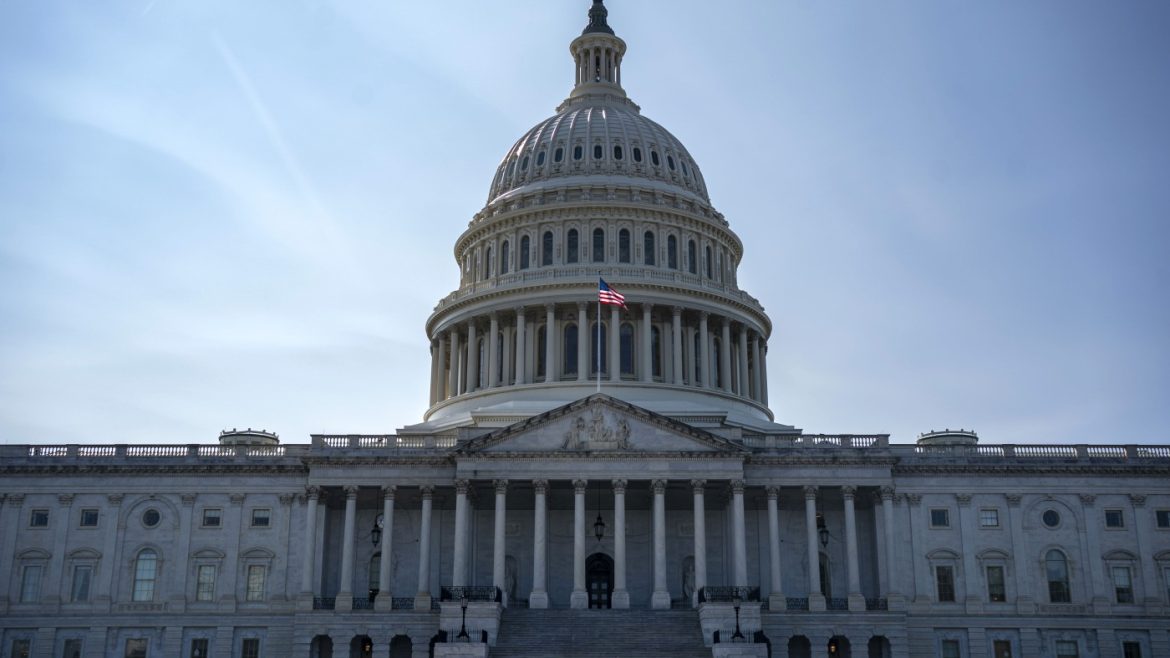The Controversy Surrounding Elon Musk’s Department of Government Efficiency (DOGE) and Its Clash with the Government Accountability Office (GAO)
In recent months, the Department of Government Efficiency (DOGE), a controversial initiative galvanized by tech billionaire Elon Musk, has been making headlines for its aggressive approach to federal government auditing and oversight. While DOGE positions itself as a crusader against government waste and inefficiency, its tactics and organizational structure have sparked widespread concern and scrutiny—most notably from the Government Accountability Office (GAO), a century-old legislative branch entity with an established mandate to audit and improve government operations.
—
The GAO’s Rebuff of DOGE’s Attempt to Embed a Team
One of the most significant flashpoints has been DOGE’s recent attempt to assign a dedicated team to the GAO. This move was ostensibly designed to embed DOGE personnel within the GAO to influence or participate in its operations. However, the GAO explicitly rejected this request, citing its independence as a legislative branch agency not subject to presidential executive orders or external agency assignments. GAO spokespeople emphasized that maintaining its operational autonomy is critical to its function as a nonpartisan watchdog.
This rejection not only underscores the legal and jurisdictional boundaries between executive branch initiatives like DOGE and legislative branch agencies like GAO but also highlights growing tensions between Musk’s unconventional federal reform efforts and established government structures.
—
DOGE: Ambition Meets Resistance
DOGE’s formation and activities have been marked by rapid, sweeping attempts to restructure, audit, and slash spending across multiple federal agencies, including attempts to disrupt or commandeer other oversight bodies. Reports of mass resignations by experienced civil servants—some twenty-one employees resigned en masse—reflect internal dissent about DOGE’s approaches. Staffers protested, citing discomfort in contributing to what they labeled as the “dismantling of critical public services” and concerns about jeopardizing sensitive government data.
Beyond personnel turmoil, the GAO has initiated its own audit of DOGE. Starting in March, the GAO began probing DOGE’s operations, financial management, and adherence to federal standards. This audit reveals a serious institutional effort to hold DOGE accountable and assess whether its sweeping cost-cutting and restructuring missions comply with legal, constitutional, and procedural norms. The GAO’s examination through the lens of traditional government auditing standards paints a picture of DOGE as an irregular actor acting outside established frameworks.
—
Structural and Accountability Challenges
DOGE’s unconventional setup poses unique challenges to governmental accountability. Unlike traditional agencies structured by Congress with clear jurisdictional boundaries, DOGE’s authority and transparency have been questioned. Critics argue DOGE operates without established oversight, raising risks of overreach, data mismanagement, and political interference. Former GAO leadership and members of Congress have called for greater transparency in how DOGE handles federal spending cuts and reforms.
This opacity becomes more troubling given DOGE’s attempts to access sensitive agency systems, including the Treasury’s payment systems, and its efforts to track and disrupt established oversight bodies. The tension exemplifies clashes between emerging, tech-driven executive initiatives and foundational, bipartisan government institutions designed to protect the public interest from partisan manipulation.
—
The Broader Political and Institutional Context
DOGE’s existence and actions unfold amid a volatile political landscape where government reform intersects with political agendas. The involvement of the House Oversight Committee, congressional subcommittees sharing the DOGE acronym, and federal judges issuing restraining orders against certain administrative actions demonstrate a complex dynamic of checks and balances in motion.
Moreover, the parallels drawn by media and commentators between DOGE’s methods and more traditional agencies show a growing concern that DOGE’s drive for efficiency may come at the cost of rigorous, independent scrutiny and due process. The judicial system’s intervention to halt some of DOGE’s workforce realignment plans further signals legal pushback against potentially unlawful or precipitous reforms.
—
Conclusion: The Tug of War between Innovation and Governance Norms
The saga of Elon Musk’s DOGE versus the Government Accountability Office represents a momentous struggle over the future shape of federal government oversight and efficiency. At its core, it is a battle between a disruptive, entrepreneurial approach aiming to upend federal bureaucracy and a deeply entrenched, traditional system painstakingly built to ensure nonpartisan, methodical governance and accountability.
GAO’s refusal to accept DOGE’s team assignment reaffirms the sanctity of institutional independence within the legislative branch. At the same time, DOGE’s ambitions and aggressive tactics expose deficiencies in how new governmental reform initiatives are governed and scrutinized.
The unfolding story illustrates the delicate balance needed between innovation, transparency, and respect for democratic norms. Without cautious guardrails, reform efforts risk undermining the very principles designed to protect taxpayers, ensure fiscal responsibility, and maintain public trust. The GAO’s ongoing audit and institutional resistance serve as a reminder that, even in a fast-moving political environment, governance demands accountability, legitimacy, and clear boundaries.
—
Navigate the complex clash between DOGE and GAO with clear, expert analysis—get deep insights now.


